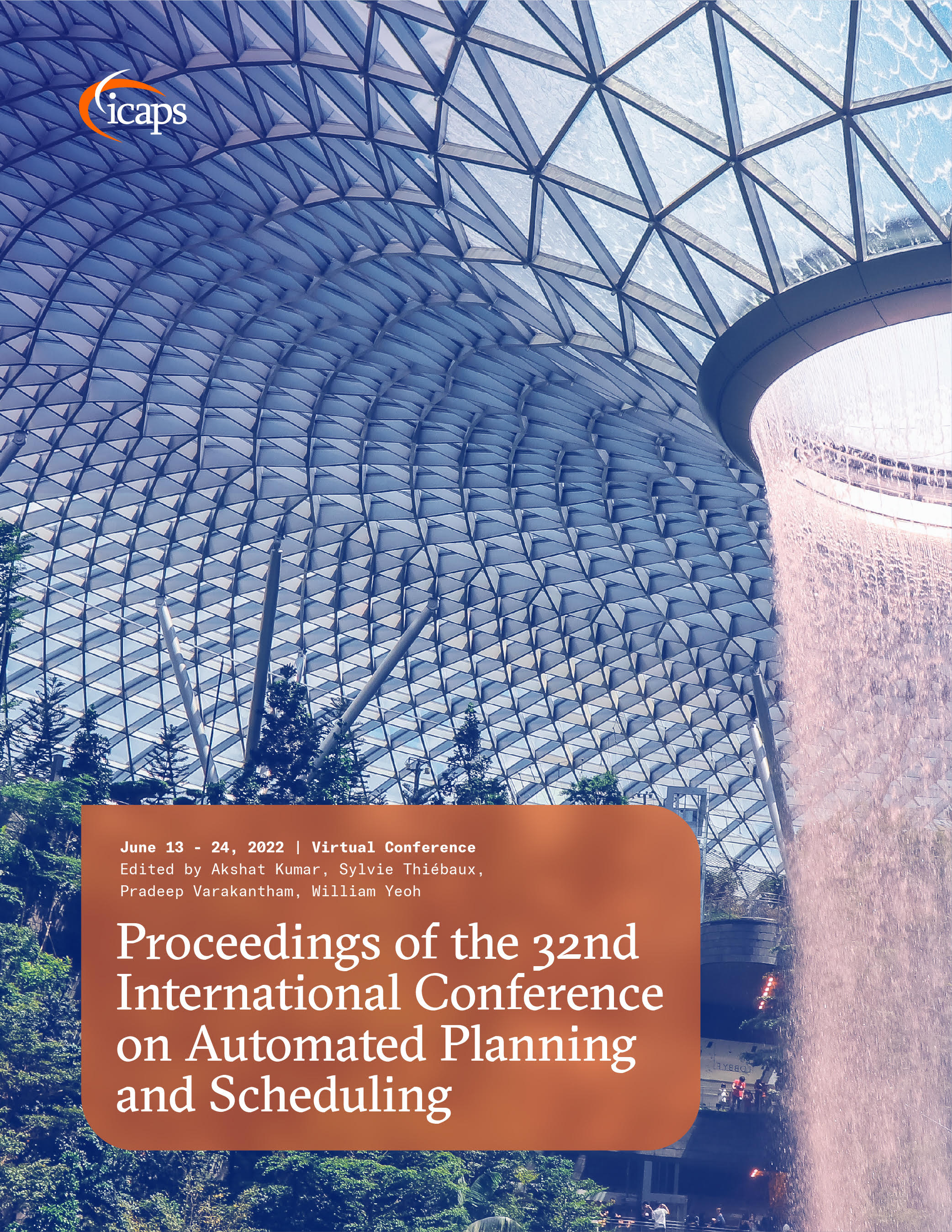Generalized Linear Integer Numeric Planning
DOI:
https://doi.org/10.1609/icaps.v32i1.19807Keywords:
Generalized Planning, Numeric Planning, Linear Integer Arithmetic, Regular ExpressionsAbstract
Classical planning aims to find a sequence of actions that guarantees goal achievement from an initial state. The representative framework of classical planning is based on propositional logic. Due to the weak expressiveness of propositional logic, many applications of interest cannot be formalized as a classical planning problem. Some extensions such as numeric planning and generalized planning (GP) are therefore proposed. Qualitative numeric planning (QNP) is a decidable class of numeric and generalized extensions and serves as a numeric abstraction of GP. However, QNP is still far from being perfect and needs further improvement. In this paper, we introduce another generalized version of numeric planning, namely generalized linear integer numeric planning(GLINP), which is a more suitable abstract framework of GP than QNP. In addition, we develop a general framework to synthesize solutions to GLINP problems. Finally, we evaluate our approach on a number of benchmarks, and experimental results justify the effectiveness and scalability of our proposed approach.Downloads
Published
2022-06-13
How to Cite
Lin, X., Chen, Q., Fang, L., Guan, Q., Luo, W., & Su, K. (2022). Generalized Linear Integer Numeric Planning. Proceedings of the International Conference on Automated Planning and Scheduling, 32(1), 241-251. https://doi.org/10.1609/icaps.v32i1.19807

